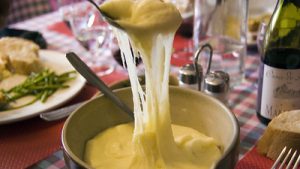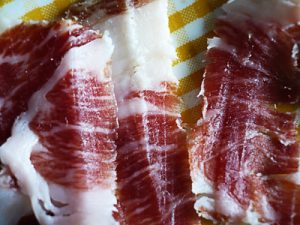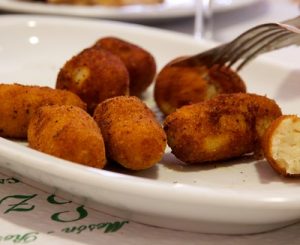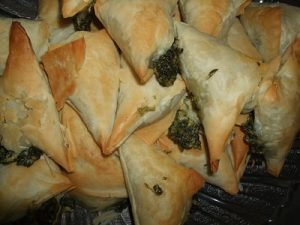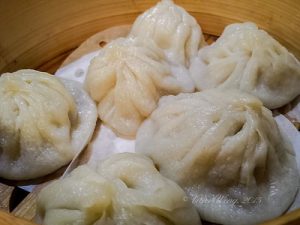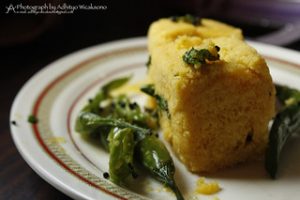Welcome back! This week I have decided to look into Japanese cuisine. Japanese cooking uses a principle known as “rules of five”. They use five colours (black, white, yellow, red, and green”, five cooking techniques (raw food, grilling, steaming, boiling, and frying), and lastly, five flavours (sweet, spicy, salty, sour, and bitter).
I will start with perhaps one of the most commonly known Japanese dishes in the world. As most people know, sushi is derived from Japan. Sushi started off as being a way to preserve fish in fermented rice. Now, sushi is made with vinegared rice as opposed to fermented rice and is prepared with fresh fish. Sushi is presented in a huge variety of ways with many different flavours and textures.
Sashimi is a very ancient dish in Japan. Sashimi was created before sushi. Sashimi is raw fish, but without the rice that sushi has. Sashimi can include thinly sliced raw beef, chick, and even horse. Although sashimi can include these types of meat, fish and seafood are the most popular.
Another common Japanese dish is Tempura. Tempura is battered and fried fish, seafood, or vegetables. The batter of tempura is kept very cold, as opposed to the oil being kept very hot. There are different takes on tempura. In the Kanto region, tempura is typically dipped in sauce, whereas in the Kansai region, tempura is typically dipped in flavoured salt.
To take a turn to a not so common Japanese dish, another traditional dish in Japan is Kaiseki. Kaiseki is eaten as a tasting course comprised of small, seasonally themed dishes. These dishes are made with an incredible amount of precision and attention to detail because they are considered to be ultimate in Japanese fine dining. Kaiseki was originally started as a small side dish added to the traditional tea ceremony. This small side dish has evolved into a multi-course traditional meal in Japan.
Udon is another Japanese dish that is well known in the world but is less popular than sushi, for example. Udon is a dense and chewy noodle that is made from wheat flour. It is extremely popular in Japan and can be eaten hot or cold. It is this popular because it has a delicious taste, is cheap, and can be eaten with any number of toppings. There are different varieties of Udon. There is sanuki udon is southwest Japan, kishimen in central Japan, ad inaniwa udon in northern Japan.
The last dish that I will be discussing is Miso soup. Miso soup is served with any traditional Japanese meal. This soup is made from dashi stock combined with miso bean paste. The dashi stock is either fish or kelp stock and the miso bean paste brings a savoury umami element to the dish. Additional ingredients can vary depending on the season. Ingredients such as tofu, sliced green onions, fish, clams, and pork are common seasonal ingredients.
Next week, I am going to be looking into the traditional foods of the country Russia.
(Kaiseki) (Tempura)

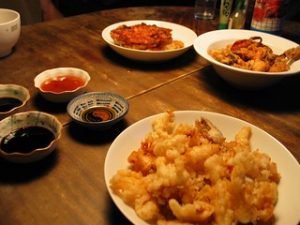
Attributions:
“Dîner kaiseki – Restaurant ‘Hakusuien'” by Annie Guilloret is licensed under CC BY-NC-ND 2.0.
“Tempura” by ☃ is licensed under CC BY-NC 2.0.
Information:
https://theculturetrip.com/asia/japan/articles/the-10-best-traditional-japanese-dishes/
Photo by Colton Jones on Unsplash



